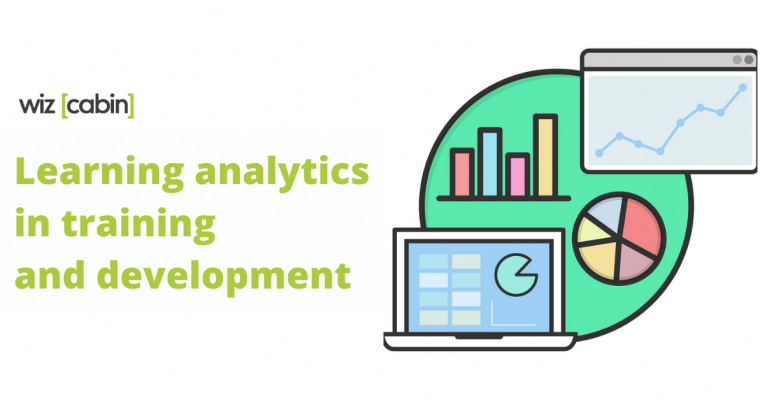In case you didn’t know, one of the advantages of learning analytics in digital learning is that it helps to improve your learners’ engagement levels. That’s not all; it also helps to boost the students’ knowledge retention ability. However, you need to understand that you can only achieve all the benefits mentioned above and many more when you properly implement learning analytics. That said, here’s a burning question, how can you successfully implement learning analytics in training and development?
Find out the answer to the question and everything else you need to know about learning analytics in the rest of this article.
What exactly is learning analytics and how important is it in the eLearning industry?
Learning analytics can be defined as an evidence-based approach to understanding and evaluating the relevant data regarding your learners’ progress. Furthermore, George Siemens, a professor of psychology at the University of Texas at Arlington defined learning analytics as the “measurement, collection, analysis, and reporting of data for learners and their contexts, for purposes of understanding and optimizing learning and the environments in which it occurs.”
If you don’t know, learning analytics offers many benefits to both learners and instructors. First, by being able to successfully track how your learners interact with your course, you’ll be able to know their weaknesses and roll them the appropriate resources to carry on. That said, here are some of the benefits of learning analytics for eLearning.
- With learning analytics, you’ll be able to identify where your learners are struggling and provide them the right resources.
- Learning analytics will allow you to understand your learners better and provide them with a personalized learning experience.
- Another benefit of analytics is that it’ll enable you to predict the future performance of your learners.
- Learning analytics will help you improve the long-term cost savings and the overall curriculum efficiency of your course.
Steps on how to implement learning analytics in training and development
For you to enjoy all the benefits of learning analytics, you must learn how to implement it in your digital learning the right way. That said, here are 4 different steps to implement learning analytics appropriately in training and development.
- Clearly define the objectives of the learning analytics
- Identify the key metrics to measure progress
- Determine and choose the right resources for implementation
- Strategize, plan, and then create milestones to monitor progress
1. Define the objectives of the learning analytics
Without clearly stating the objectives, the implementation of your learning analytics in training and development will most likely yield nothing. That is why this step is one of the most important aspects of implementing analytics. So, here’s a quick question; how do you define the objectives of your learning analytics?
It’s pretty simple; all you need to do is to ask yourself, why exactly are you implementing the analytics? Some of the most common reasons why people implement learning analytics include the following:
- To track and monitor learning programs to understand how well your learners are behaving.
- Another reason to implement learning analytics is to plan and create a better course
- To evaluate existing programs and see if they meet your learners’ needs.
- Many people implement learning analytics tools for research purposes.
Bottom line, irrespective of why you’re implementing the learning analytics, it’s essential that you clearly define your objective.
2. Key metrics to track progress
After successfully defining your objectives, the next thing you need to do is identify the key metrics you’ll employ to measure progress towards the defined objectives. Well, there are several metric options for you to track progress. Some of them include the following:
- Completion rates
- The time it takes to finish the training
- Retention ability
- Proficiency of learners
- Progress from one level to another
- Learner’s feedback
3. Choose the right resources for implementation
Up next, for you to successfully implement learning analytics in training and development, you need to determine your resource capacity. Now, it comes down to the questions of:
- Do you have the right technologies and systems to store, acquire, and present data?
- If you successfully acquire the data, do you have the right skills to interpret the data?
4. Strategize and create various milestones to monitor progress
The question is what exactly are you strategizing? Well, it’s pretty simple, you need to plan how the implementation of the learning analytics will become successful. So, start by knowing your team members’ strengths and weaknesses and determine the responsibilities of each of them. Furthermore, you need to strategy and create different paths that will guide you to achieving your set objectives. I’ll advise you to review your plans and update them where necessary. After successfully strategizing, the last step is to create the various milestones to track the progress of the learning program.







